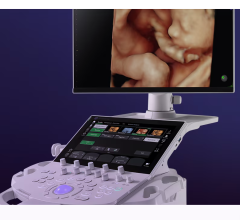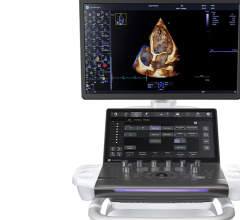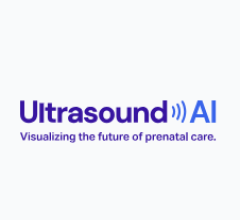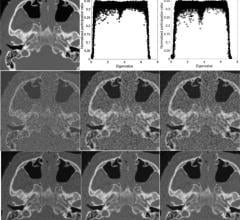NASA Cardiovascular Laboratory researchers are measuring the loss of heart mass in Space Shuttle astronauts brought on by the most recent space flight, using 3-D ultrasound, a iE33 echocardiography system and QLAB Quantification software, developed by Philips Medical Systems, as part of an ongoing study on heart mass reduction during prolonged space flight.
The battery of tests that astronauts are undergoing include a 2-D echocardiogram and a 3-D ultrasound exam on a Philips MeHDI 5000 ultrasound system. The 2-D echocardiogram revealed a 5 percent decrease in heart mass, which usually returns within three days of being back on Earth.
The technology enables the U.S. National Aeronautics and Space Administration (NASA, Johnson Space Center, Houston, TX, USA) to capture full-volume images of the beating heart in less than one minute. Clinicians can then make precise measurements of heart mass, ejection fraction, blood flow, strain rate and cardiac wall motion pre- and post-flight.
“We have a very short window of time in which to do an echo exam on the astronauts,” said David S. Martin, from Wyle Laboratories, Inc., ultrasound leader for the NASA Cardiovascular Laboratory at the Johnson Space Center. “Live 3-D Echo allows us to quickly grab all the image data we need to do a full examination of the heart anatomy and function and send the astronauts on their way. Following the image acquisition, we use off-line analysis software to do several measurements that help us evaluate changes after space travel.”
Researchers suspect the loss of mass is related to heart atrophy caused by weightlessness, dehydration from space travel or error caused by the geometric assumptions used in 2-D echocardiography.
Martin added, “These new ultrasound technologies help us efficiently conduct sophisticated cardiac research of astronauts and the effects of microgravity.”
© Copyright Wainscot Media. All Rights Reserved.
Subscribe Now

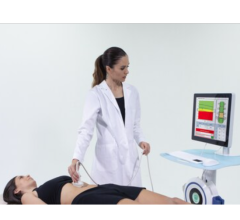
 November 03, 2025
November 03, 2025 


